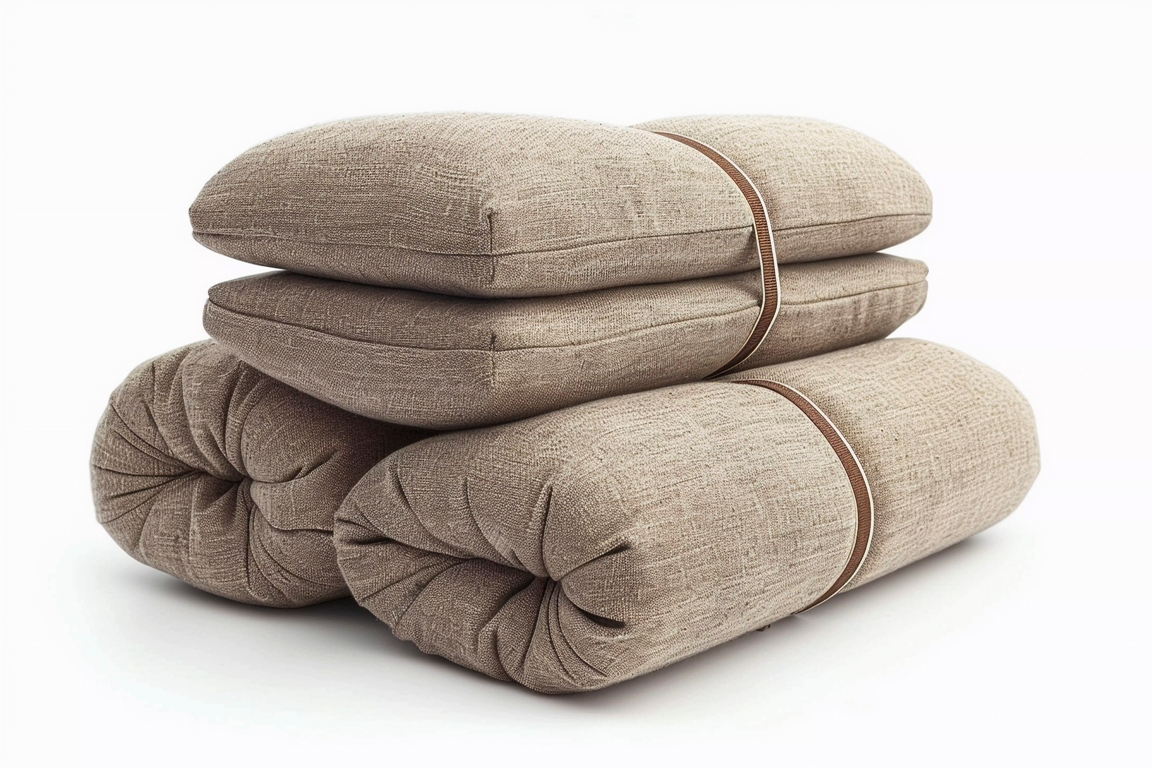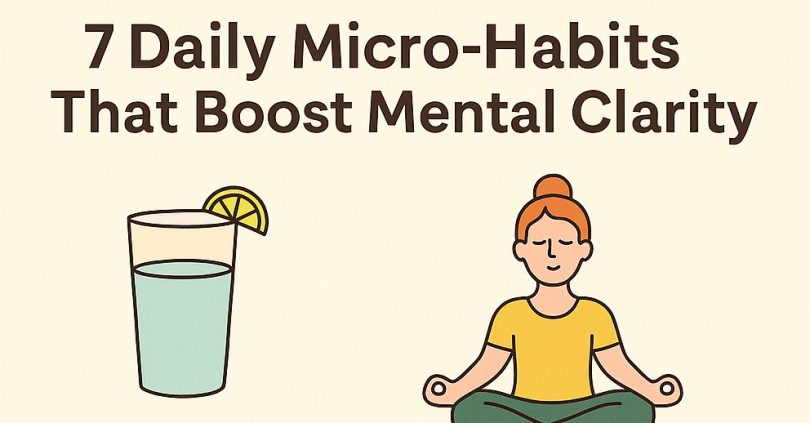Meditation is a powerful tool for mental clarity, relaxation, and self-awareness. But to get the most out of your practice, sitting correctly on a meditation cushion is essential. This guide will help you find the best sitting posture, choose the right cushion, and maintain comfort throughout your meditation sessions.
Table of Contents
- What is a Meditation Cushion?
- Why Proper Sitting Posture is Important
- How to Choose the Right Meditation Cushion
- Preparing to Sit on a Meditation Cushion
- Step-by-Step Guide on How to Sit on a Meditation Cushion
Key Takeaways
- Understanding the different types of meditation cushions can greatly enhance your comfort.
- Proper sitting posture is crucial for effective meditation and preventing discomfort.
- Following a step-by-step guide can help you maintain the correct posture during meditation.
What is a Meditation Cushion?
Definition of a Meditation Cushion
A meditation cushion, often referred to as a Zafu or Zabuton, is a specially designed cushion that supports your body during meditation. These cushions are typically filled with buckwheat hulls, cotton, or kapok, providing the right balance of firmness and comfort.
Benefits of Using a Meditation Cushion
Using a meditation cushion helps in maintaining proper posture, which is vital for long meditation sessions. It supports the natural curve of your spine, allowing you to sit comfortably for extended periods without straining your back or hips.
Why Proper Sitting Posture is Important
The Connection Between Posture and Mindfulness
Maintaining proper posture while meditating is not just about comfort; it directly influences your ability to stay focused and present. When you sit with an aligned spine, you create a stable base, allowing your mind to relax and focus on the practice.
Common Mistakes in Sitting Posture
Many beginners make the mistake of slouching or tensing their muscles while meditating. These habits can lead to discomfort and distractions. A meditation cushion helps by elevating your hips above your knees, encouraging a natural alignment of the spine.
How to Choose the Right Meditation Cushion
Understanding Your Body’s Needs
When selecting a meditation cushion, it’s important to consider your height, flexibility, and the type of meditation you practice. Taller individuals or those with less flexibility might prefer a thicker cushion, while others may find a thinner cushion more comfortable.
Different Types of Meditation Cushions and Their Uses
There are several types of meditation cushions available, each designed to accommodate different sitting postures:
| Type of Cushion | Description | Best For |
|---|---|---|
| Zafu | A round cushion that raises the hips, helping to align the spine. | Cross-legged postures like the lotus or Burmese. |
| Zabuton | A flat, rectangular cushion placed under the Zafu to cushion the knees and ankles. | Additional comfort and support for the legs. |
| Gomden | A firm, rectangular cushion that provides stable support. | Sitting with legs tucked under or kneeling postures. |
Where to Buy a Meditation Cushion
Meditation cushions can be purchased online through specialized retailers or in stores that focus on wellness and meditation products. Look for cushions made from high-quality materials to ensure durability and comfort.

Preparing to Sit on a Meditation Cushion
Setting Up Your Meditation Space
Before you begin meditating, it’s important to create a space that promotes relaxation and focus. Choose a quiet, clean area where you won’t be disturbed. Place your meditation cushion in the center of this space, ensuring it’s positioned on a level surface.
Positioning the Cushion Correctly
To ensure maximum comfort and support, place your meditation cushion so that when you sit, your hips are slightly elevated above your knees. This helps maintain the natural curve of your spine and prevents discomfort during extended meditation sessions.
Step-by-Step Guide on How to Sit on a Meditation Cushion
Step 1: Positioning Yourself
Approach your meditation cushion and stand directly in front of it. Slowly lower yourself onto the cushion, ensuring that your hips are centered on the highest part of the cushion.
Step 2: Crossing Your Legs
Once seated, gently cross your legs in a position that feels comfortable. The most common positions are the full lotus, half lotus, or Burmese posture. The goal is to create a stable base that supports your meditation practice.

Step 3: Aligning Your Spine
With your legs crossed and your hips slightly elevated, focus on aligning your spine. Imagine a string pulling the top of your head towards the ceiling, elongating your spine. This alignment helps maintain comfort and concentration during meditation.
Step 4: Placing Your Hands
Your hands should rest gently on your knees or in your lap. You can place them in a traditional mudra (hand gesture) or simply let them relax naturally. The key is to keep your arms relaxed and your hands positioned in a way that supports your focus.

Step 5: Maintaining the Posture
Once you’ve settled into your posture, close your eyes and begin your meditation practice. Pay attention to any discomfort or tension in your body, and make small adjustments as needed to maintain comfort.
Common Issues and How to Fix Them
Dealing with Discomfort
Even with the right cushion and posture, you may experience discomfort during extended meditation sessions. It’s essential to listen to your body and make adjustments as needed. Common issues include pain in the knees, hips, or lower back.
Solution: If you experience discomfort, try shifting your position slightly. You can place a small blanket or additional cushion under your knees or hips for extra support. Over time, your body will adapt, and these issues should diminish.
Adjusting the Cushion for Better Support
Not all meditation cushions are created equal, and sometimes minor adjustments can make a significant difference in comfort. If your cushion is too firm or too soft, it may not provide the support you need.
Solution: Experiment with adding or removing filling from your cushion if it’s adjustable. You can also place a folded blanket on top of the cushion to add extra height or softness.
Using Props to Aid Your Posture
If you find it challenging to maintain a comfortable posture, consider using props such as yoga blocks, blankets, or bolsters. These tools can provide additional support, helping you maintain proper alignment and comfort.
Tip: Place a yoga block under each knee for added support, or use a bolster behind your lower back to encourage proper spinal alignment.
Advanced Techniques for Sitting on a Meditation Cushion
Exploring Different Postures
As you become more comfortable with meditation, you may want to explore different sitting postures. Advanced postures like the full lotus or seiza (kneeling) can deepen your practice but require flexibility and strength.
Tip: Start by practicing these postures for short periods, gradually increasing the time as your body adapts.
Incorporating Movement into Your Practice
Incorporating gentle movements or stretches into your meditation practice can help relieve tension and improve focus. Simple neck rolls, shoulder shrugs, or gentle spinal twists can help maintain comfort and relaxation.
Tip: Perform a few minutes of gentle stretching before your meditation session to prepare your body and mind.
Maintaining and Caring for Your Meditation Cushion
Cleaning and Storage
To extend the life of your meditation cushion, it’s important to keep it clean and properly stored. Regular cleaning will prevent the buildup of dirt, dust, and sweat.
Tip: Most cushions come with removable covers that can be machine-washed. For cushions without covers, spot cleaning with a damp cloth and mild detergent is recommended.
When to Replace Your Cushion
Over time, even the best cushions will lose their firmness and support. If your cushion no longer provides the comfort and stability it once did, it may be time to replace it.
Tip: Check your cushion regularly for signs of wear, such as flattened or lumpy filling, and consider replacing it every few years.
Frequently Asked Questions (FAQs)
What is the Best Meditation Cushion for Beginners?
For beginners, a Zafu cushion is often the best choice. It provides good elevation and support, making it easier to maintain proper posture during meditation.
How High Should a Meditation Cushion Be?
The height of a meditation cushion depends on your flexibility and body type. Generally, cushions range from 4 to 9 inches in height. Taller individuals or those with less flexibility may prefer a higher cushion.
Can You Meditate Without a Cushion?
Yes, you can meditate without a cushion, but it may be more challenging to maintain proper posture. A cushion helps align the spine and reduce strain on the lower back and hips.
What Are the Alternatives to a Meditation Cushion?
Alternatives to a meditation cushion include a folded blanket, yoga block, or even a chair. The key is to find a position that allows you to sit comfortably and maintain focus.
Is It Necessary to Use a Cushion for Meditation?
While it’s not absolutely necessary to use a cushion for meditation, doing so can greatly enhance your comfort and posture, especially during longer sessions.






